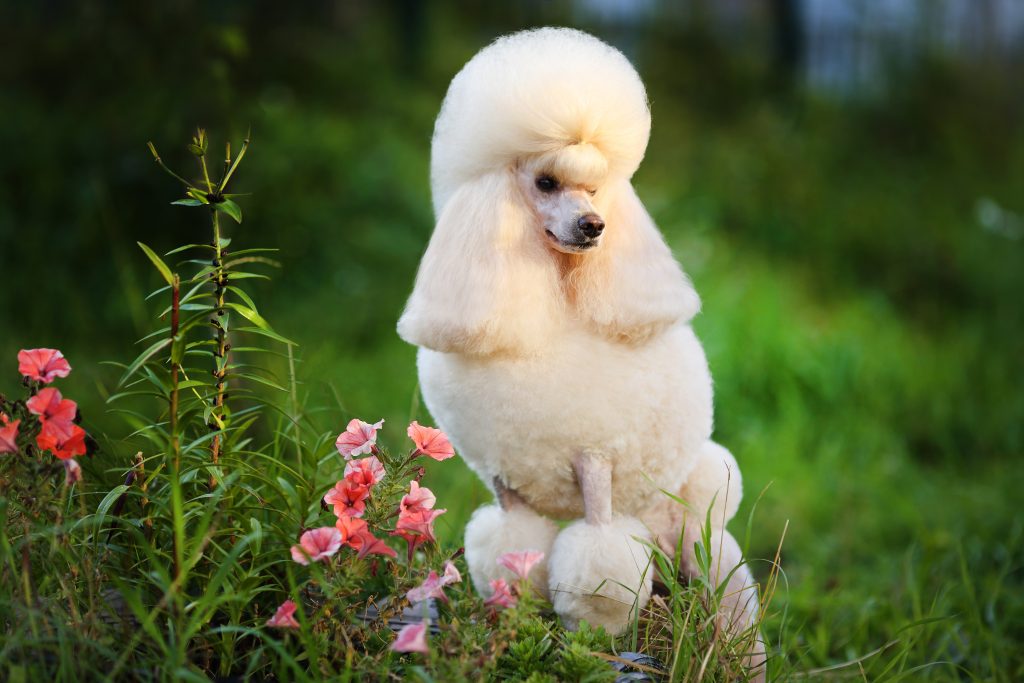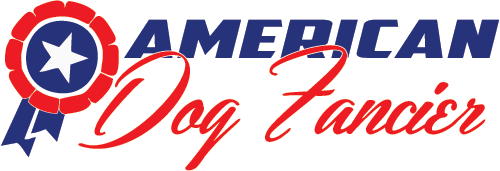
Where have the Purebreds Gone?
By Jessica Freni
The warm weather is returning, people are heading back outside and with them, their dogs. As a nanny in an affluent suburban community I often spend my afternoons at one various afterschool sport or another, during this time I like to observe (ok and judge a little) the various dogs and their owners. I’ve also recently enrolled in Puppy Kindergarten with my Toy Manchester Terrier, the majority of the class of seven being comprised of “pet” owners. So, these are my observations and they have me concerned for the future of purebred dogs.
The overwhelming majority of the dogs I observe are doodles, there are a few “cavapoo” and small poodle-esque mixes, but the majority are “Labradoodles” or “goldendoodles” with a growing number of the newly very popular “Aussiedoodles” (usually merle) and “Bernerdoodles”. Most of these dogs are overly exuberant (pulling, jumping, etc), in various types and state of groom, often vocal and typically dragging their owners behind them in a harness/flexilead combo. So, why is this significant? The public is not put off by mid-size to larger dogs nor are they turned off by the grooming commitment. So, why are they not selecting poodles, Labrador Retrievers, Golden Retrievers or the other purebred components of these breeds?
When I have the opportunity, I try to engage conversation and see why they chose these mix breed dogs, since they are open to the idea of buying rather than rescuing. The answers are almost always falling under the two same umbrellas- misinformation/ sales tactic that the dog would be “hypoallergenic ” or less shedding/ grooming and or the idea that they would get both breeds equally represented but “healthier” than either purebred counterparts. The other common response pretty much boils down to visibility or recommendations- friends or family have them.
While the number of doodles might seem daunting or bleak for purebred dogs, especially the small minority representing well-bred dogs, there’s a learning opportunity here. One, people want and like what they have connection and personal interaction with, get out with your well-bred, well- socialized and well- behaved examples of breeds – allow petting when appropriate and engage in approachable, informative dialogs about breed traits, history, responsible breeding. Doodle breeders have been very successful at promotion this includes gimmicks like “hybrid vigor”, we need to emphasize health testing and purebred predictability. Yes, all breeds and mixed breeds have pre- disposed risks, but the public is lacking in education that purebreds offer known health history, screening for those risks and responsible breeders working to minimize/ reduce risk.
Visibility (out in public and on social media) is an area overall in need of drastic improvement in well-bred purebred dogs. Accessibility is another area where we need to do better- accessible to have conversations and accessibility to puppies, answer each and every inquiry in a polite, friendly way and if you cannot help then a point in the right direction goes a long way in fostering positive breeder experiences. Education, rather than bashing on doodles, there needs to be emphasis on what purebred dogs offer- known history, preservation, traits that will fit family lifestyle, Breeder support and health.
Take a look around your community, are well- bred purebreds represented? Are you representing in your online community (are you active in breed Facebook groups, do you use hashtags and post on tiktok, do you have a kennel page on Facebook and Instagram?)? If not, take a book from the doodle page and better market your breed. If we are failing to reach those open to purchasing a puppy we need to think about and discuss why. Balance show results/brags with fun “pet” candids, respond in a helpful, friendly way to all inquiries, take your dogs where the public is and start a conversation, use your platforms for education on what sets well bred purebreds apart. As a community we need to mirror the marketing success of the doodle breeders and bolster accessibility and visibility.
